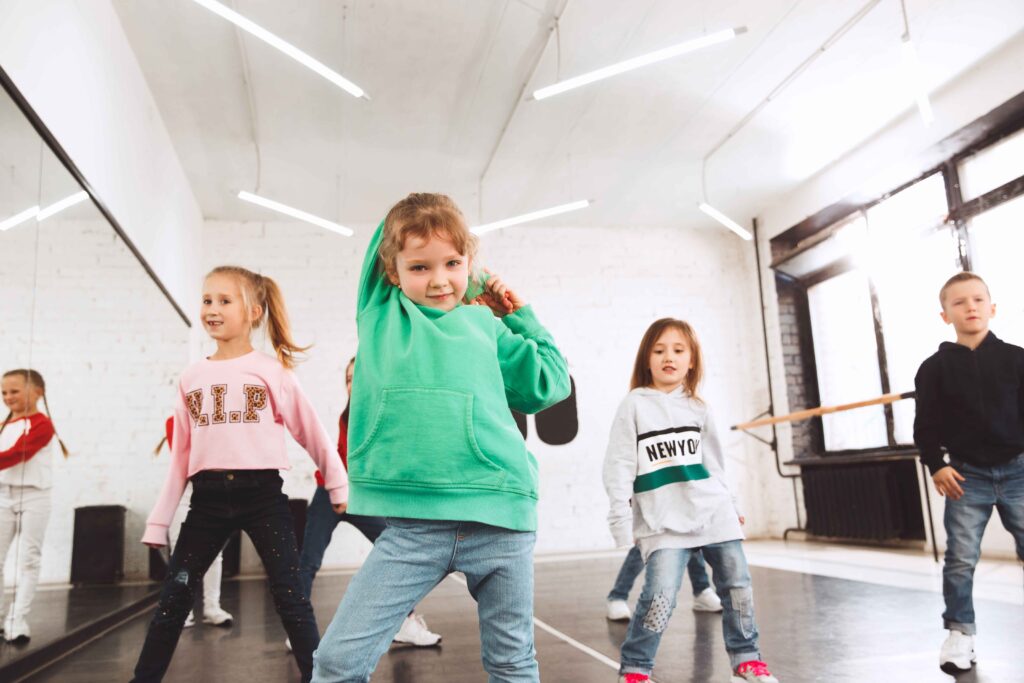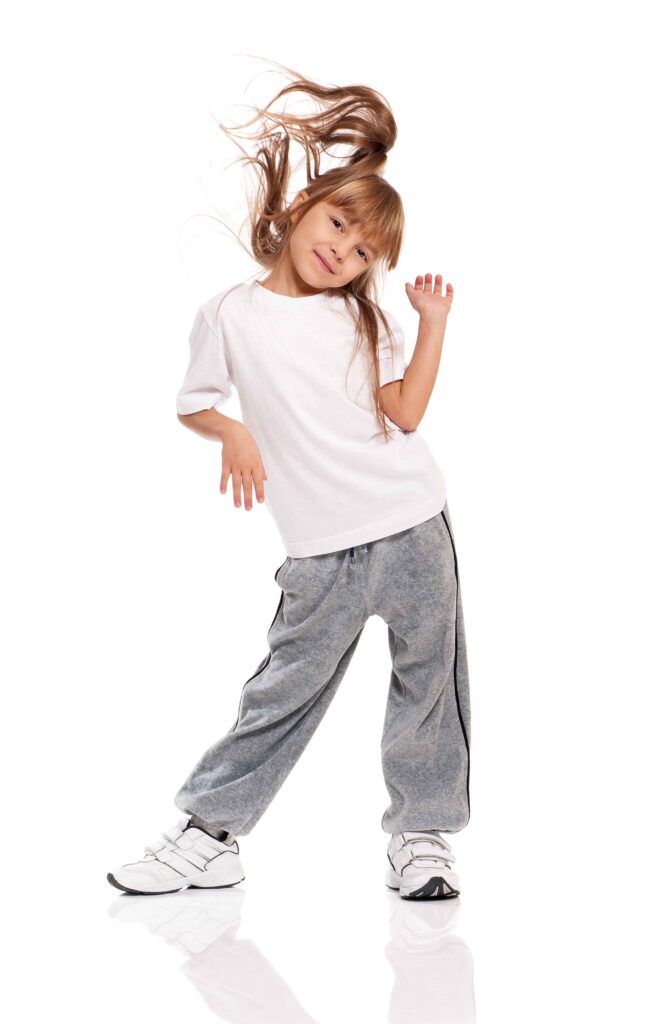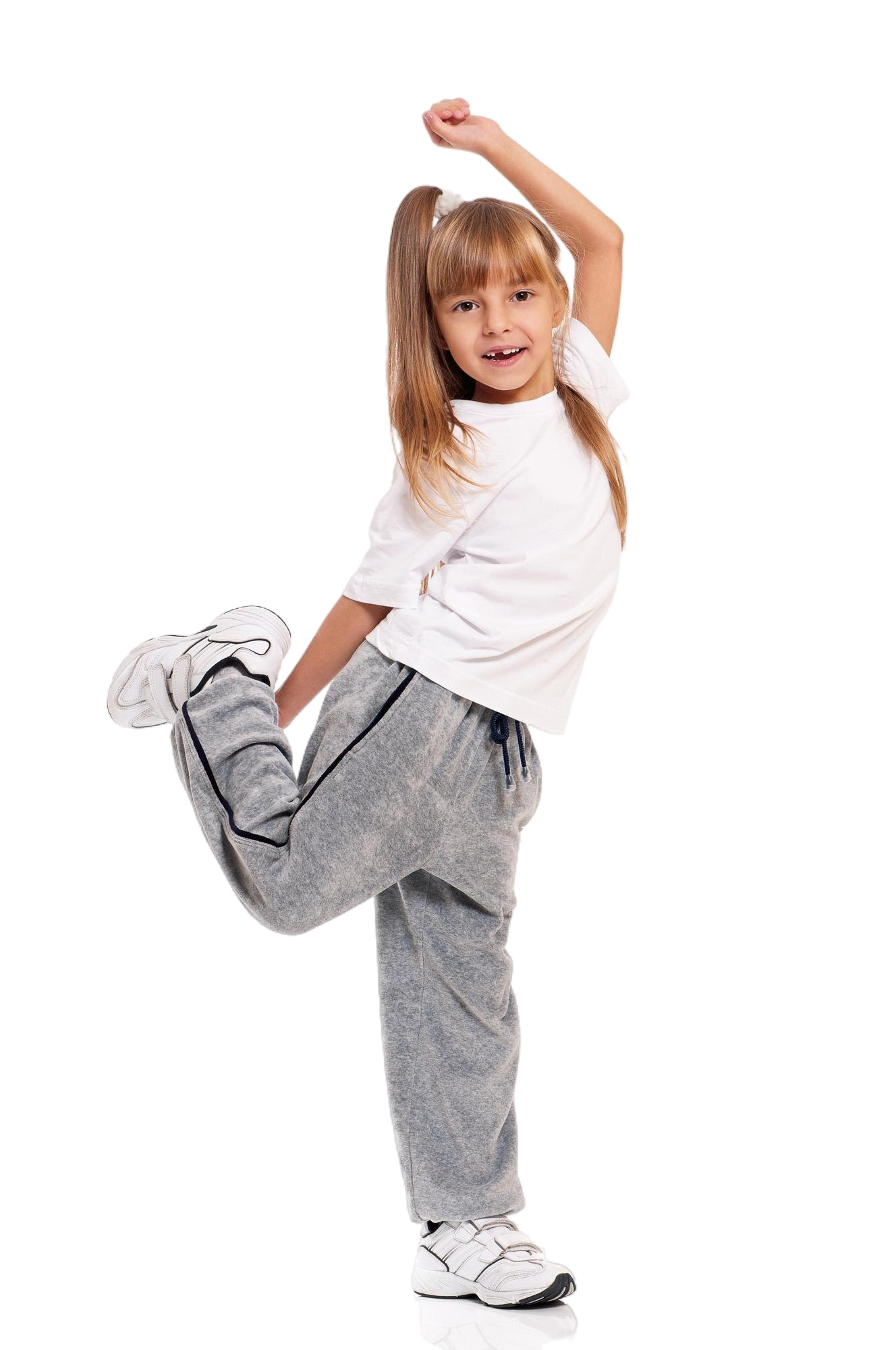
Hip-Hop dance originated in the United States in the 1970s as part of the larger hip-hop culture. It includes various street dance styles primarily performed to hip-hop music or that have evolved as part of its culture. This dance form is known for its vibrant, energetic style that allows dancers to perform with freedom of movement, expressing their personalities.
Our classes cover a wide range of hip-hop styles and techniques, all taught by our experienced instructors:
Learn the foundational moves like breaking, locking, and popping that originated in the early days of hip-hop.
Dive into the more fluid, expressive forms that have developed in hip-hop dance over the years.
Encourage improvisation, giving dancers the freedom to express their individual style.
Master complex routines that showcase skill and creativity in sync with hip-hop rhythms.
Equip yourself with the competitive edge required for dance battles, focusing on technique, timing, and presence.


Hip-hop dance is a street dance style that originated from the hip-hop culture. It includes various styles such as breaking, locking, and popping, characterized by its freestyle (improvisational) nature and use of rhythmic and body movements. This style differs from more traditional dance forms like ballet or tap, focusing heavily on personal expression, cultural identity, and complex rhythms.
Participants should wear comfortable, loose-fitting clothes that allow for maximum movement and flexibility. Sneakers are essential as they provide the necessary support for dynamic movements typical in hip-hop dance. It’s important to avoid wearing jewelry or other accessories that could catch on clothing or injure others during class.
Yes, beginners are welcome to join hip-hop dance classes. These classes start with basic steps and gradually increase in complexity. Beginners can expect to learn foundational moves, improve their rhythm and coordination, and gain confidence dancing to various hip-hop tracks. Classes are typically energetic and fun, providing a supportive environment for learning and growth.
State the dancer should wear a form fitting outfit that allows the judges to see their lines. dancer may choose to wear either leotard and tights and booty shorts if wanted or they are allowed to wear a bra top and leggings or bra and briefs/shorts. Be comfortable and confident what you are wearing! Also make sure to bring all pairs of dance shoes, as well as pants and tennis shoes if dancer is auditioning for a hip-hop combo. pants may also be needed if combo and lyrical or contemporary specified by the teacher.
Dance should arrive 30 minutes early in case we are running ahead. We also ask for the dancers to keep low volume in the waiting room and ensure they are stretched and ready to go.
Audition results will be posted on our socials as well as the website as well as an email being sent out to the parents. you can expect to see the results up to five days after the audition.
© 2025 All Rights Reserved Iorso